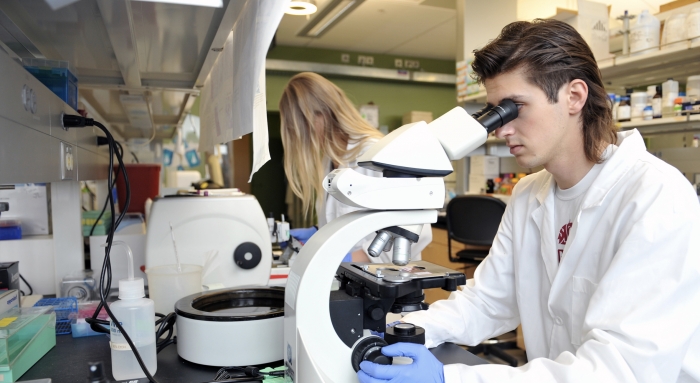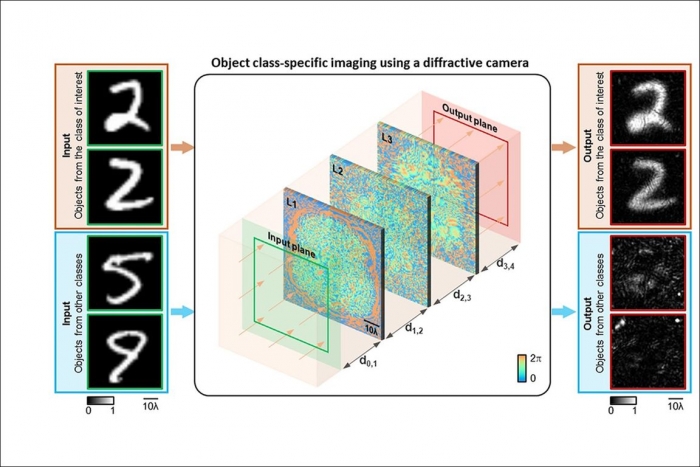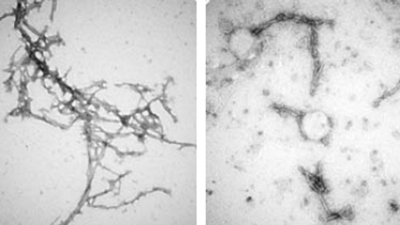 courtesy: Washington State University
courtesy: Washington State University
- Written by Moderator
WSU-inspired national gene-editing task force begins work
Featured With the world’s population projected to reach ~10 billion in 30 years, scientists are working to use genetic technologies to address future food security problems. They have had some success, such as using CRISPR-Cas9 gene editing process to develop more disease-resistant pigs, but the advance is useless if the pigs cannot be brought to market and if no one will eat their bacon.
Read more...




